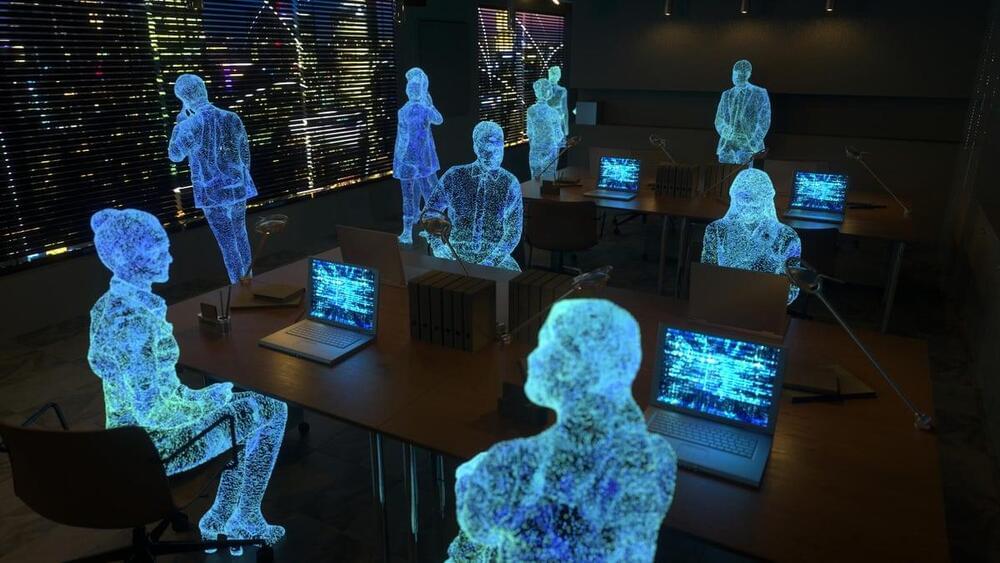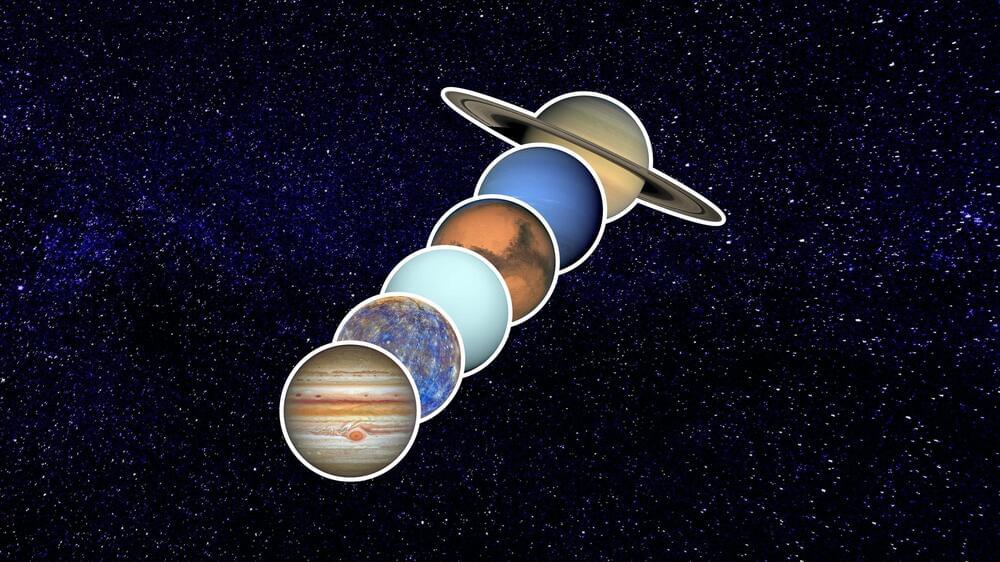
Australia has made history with its very ambitious SunCable project, which promises to change the face of renewable energy around the globe. It entails the export of solar energy towards Singapore via a 4,300 km underwater cable, marking Australia’s transition to sustainable power from fossil fuels.
It is indeed very exciting development in renewable energy which is the SunCable project. At its heart is an intended most gigantic solar and battery park in the world, to be built near Tennant Creek in northern Australia, at an estimated cost of $35 billion.
This will supply green energy to Singapore, with the potential of contributing 6 GW towards 15% of its electricity needs, connected by the world’s longest underwater cable – a technological marvel six times the length of any existing cable.

















